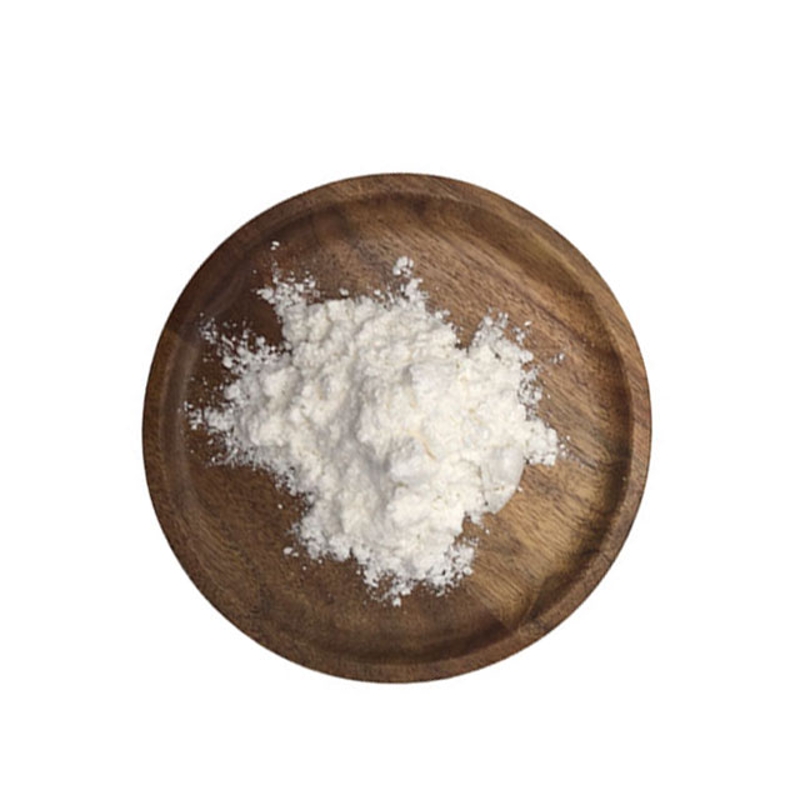-
Categories
-
Pharmaceutical Intermediates
-
Active Pharmaceutical Ingredients
-
Food Additives
- Industrial Coatings
- Agrochemicals
- Dyes and Pigments
- Surfactant
- Flavors and Fragrances
- Chemical Reagents
- Catalyst and Auxiliary
- Natural Products
- Inorganic Chemistry
-
Organic Chemistry
-
Biochemical Engineering
- Analytical Chemistry
- Cosmetic Ingredient
-
Pharmaceutical Intermediates
Promotion
ECHEMI Mall
Wholesale
Weekly Price
Exhibition
News
-
Trade Service
Guide
Portal hypertension is a group of syndromes caused by a persistent increase in portal vein pressure from a variety of causes, the most common cause
of which is cirrhosis.
The prevalence of gastric varices (GV) in portal hypertension is 17% to 25%, while the prevalence of esophageal varices (EV) is 85%.
In cirrhosis and portal hypertension, GV can occur in 20% of patients with EV, usually due to
elevated splenic venous pressure.
Sometimes isolated GV
can occur in the absence of cirrhosis.
GV can bleed at low pressure, usually more bleeding, high transfusion rates, uncontrolled bleeding, rebleeding, and mortality
.
Treatment of bleeding GV includes medical therapy, endoscopic cyanoacrylate injection (ECI), and endovascular intervention
.
Although ECI is relatively easy to perform and effective, due to the complexity of shunt and collateral access, this review advocates the use of endovascular surgery for effective treatment, such as balloon occlusion retrograde transvenous occlusion (BRTO), vaso-occlusion-assisted retrograde transvenous occlusion (PARTO), or coil-assisted retrograde transvenous occlusion
.
The choice of treatment depends on safety, availability of local resources, cost of treatment, and level of
technique.
If the patient develops acute bleeding, all GVs should be treated with urgent endoscopy and ECI (Figure 1).
Fig.
1 Management method of GV bleeding
*Bleeding persists despite adequate ECI and should be discussed by a multidisciplinary team, including hepatologists, endoscopists, and interventional radiologists
**BRTO may be considered for chronic PVT with collateral circulation
PV, portal vein; PVT, portal vein thrombosis; HE, hepatic encephalopathy; TIPS, transjugular intrahepatic portosystemic shunting; EUS, endoscopic ultrasound
References: Maydeo A, Patil G.
How to Approach a Patient With Gastric Varices[J].
Gastroenterology.
2021 Dec 31:S0016-5085(21)04173-1.
doi: 10.
1053/j.
gastro.
2021.
12.
277.







